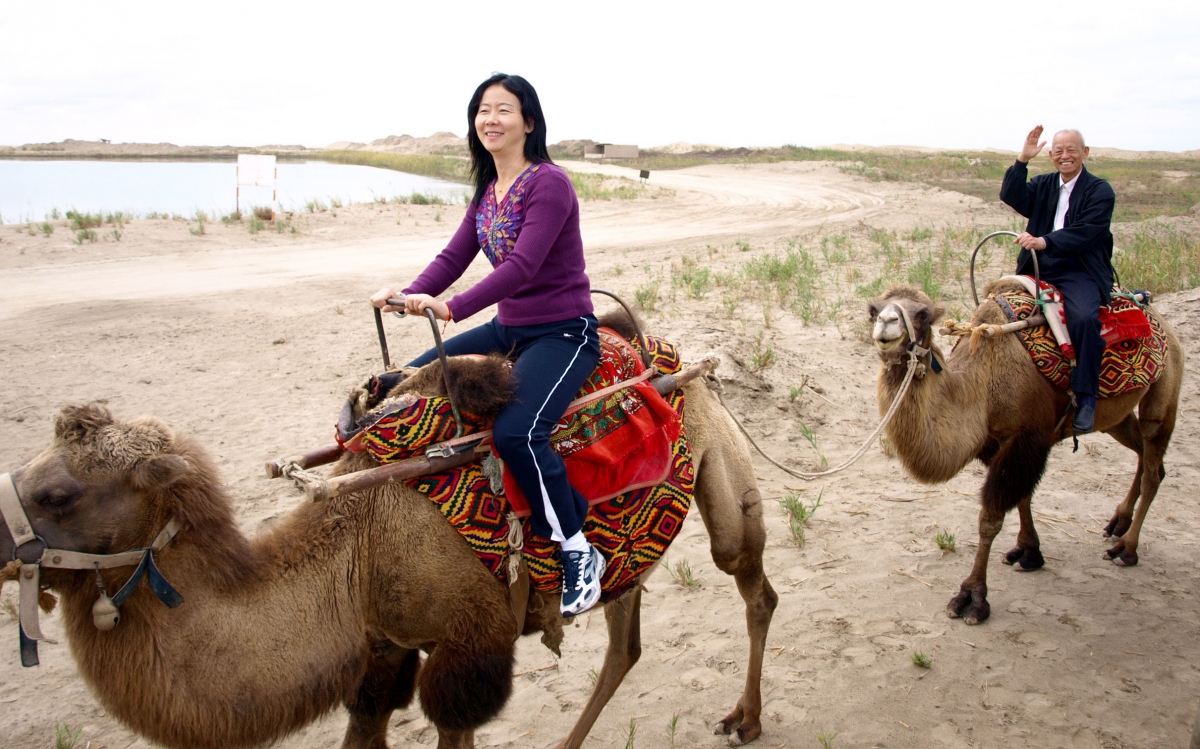Tourism in Korea, China, and Japan
For many, travel is a measure of the quality of life. It is an activity people may engage in to make up for something lacking in everyday life, to find balance with a daily routine revolving around work. Travel acquires a variety of meanings in the lives of people today—from personal to socio-cultural. In addition to being an escape from the ordinary and a respite from their busy schedules, travelling allows them to experience diverse cultures, meet local people, discover new aspects of themselves in unfamiliar surroundings, and explore alternative lifestyles found in different cultural environments. In this way, the actions, impressions, and expectations of tourists reflect their identities, self-perceptions, and social aspirations.
The three essays in this 'News from Northeast Asia' section describe the signifying practices of East Asian tourists, analyze the diverse objectives and social effects of trips taken by foreign travelers in China, and investigate other related issues. Myungkoo Kang and Eun-Young Nam categorize the meanings attached by Chinese visitors to their travels in Korea into three types of ‘gazes’: patriotic-developmental, consumerist-cosmopolitan, and analytical-introspective. Ryosuke Okamoto offers a new perspective on ‘contents tourism’ using the case of the ‘Tomb of Christ’ (southern Aomori Prefecture, Japan) as a representative example of a tourist site that is obviously unauthentic. Linking tourism with migration, Yucheng Liang examines the differences between tourists from developing and developed countries who visit Guangzhou, China, by looking at their goals and local social networks.
Kyuhoon Cho, Regional Editor of ‘News from Northeast Asia’; Research Fellow, Seoul National University Asia Center (kcho28@snu.ac.kr).
